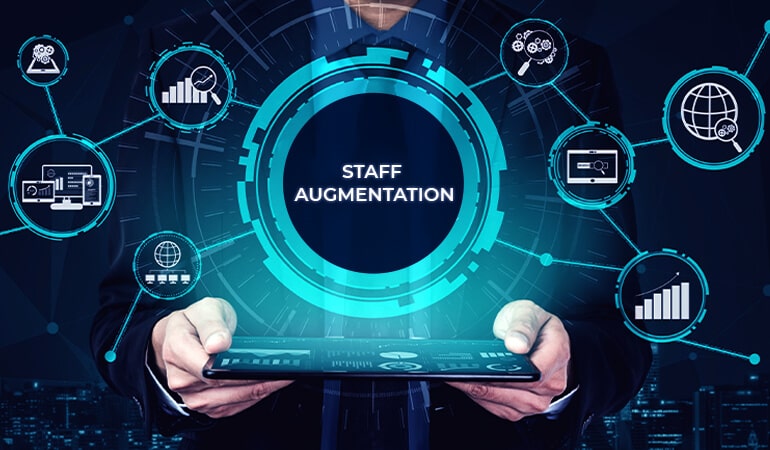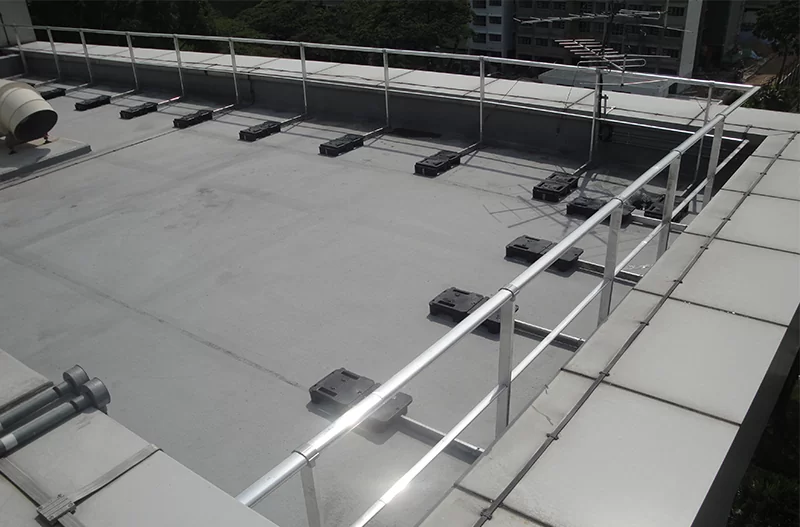In today’s rapidly evolving business landscape, companies must be agile in their approach to talent acquisition. One of the most important strategic decisions organizations face is whether to opt for staff augmentation or hire full-time employees. This choice significantly impacts project outcomes, operational costs, and organizational flexibility. Innerworks helps businesses make this decision confidently by offering deep insight into workforce solutions tailored to evolving needs. For tech-driven companies, startups, and even large enterprises, knowing when to engage staff augmentation through Innerworks can be a game-changer.
What Is Staff Augmentation?
Staff augmentation is a flexible outsourcing strategy where companies supplement their existing teams with external talent on a temporary basis. This model, provided by experts like Innerworks, allows businesses to quickly scale their workforce to meet project demands without the long-term commitment of full-time hiring. There are various types of staff augmentation, including short-term assignments for urgent projects, long-term contracts for sustained support, and remote staffing through nearshore or offshore models. Innerworks offers staff augmentation services that are customized to fill roles such as software developers, UX designers, QA specialists, and IT consultants.
Pros and Cons of Staff Augmentation
Staff augmentation through Innerworks offers several advantages. It enables companies to access specialized skills quickly, scale teams up or down based on demand, and control costs by avoiding long-term employee overhead. It’s especially valuable for project-based work or when in-house skills are insufficient. However, staff augmentation may come with limitations such as less integration into company culture and a temporary commitment from augmented staff. Innerworks mitigates these drawbacks by carefully vetting talent and ensuring a smooth onboarding process that aligns with client goals.
Pros and Cons of Hiring Full-Time Employees
Hiring full-time employees remains a solid strategy for building a loyal, integrated team that supports the long-term vision of the company. These employees typically offer greater commitment, deeper cultural fit, and more continuity for ongoing operations. However, this approach involves significant investments in recruitment, benefits, training, and employee retention. For companies not ready for that level of commitment, especially during periods of growth or change, Innerworks recommends evaluating staff augmentation as a smarter interim solution.
Scenarios Where Staff Augmentation Is the Better Option
Staff augmentation is ideal when speed is essential. If a company needs to quickly onboard skilled developers for an urgent project, Innerworks can provide qualified candidates in a matter of days. It’s also the right choice for short-term projects, budget-constrained environments, or uncertain long-term staffing needs. Businesses undergoing rapid scaling or exploring new technology stacks also benefit from Innerworks’ staff augmentation model, which gives them access to experts without permanent obligations. This flexibility is especially useful in competitive sectors where innovation speed defines success.
Scenarios Where Full-Time Hiring Makes More Sense
Full-time hiring is preferable when building a core team that shapes the company’s direction and culture. Long-term strategic roles, such as CTOs, product managers, or team leads, often require deeper involvement that staff augmentation may not provide. For ongoing, mission-critical projects or environments that require strict confidentiality and control, Innerworks advises its clients to invest in full-time roles. Nevertheless, many clients use a hybrid approach, combining core full-time staff with augmented teams from Innerworks for optimal performance and cost efficiency.
Staff Augmentation vs. Full-Time Hiring: A Cost Comparison
One of the most compelling reasons companies turn to Innerworks for staff augmentation is cost control. With full-time hiring, costs include salaries, benefits, training, onboarding time, and retention programs. Staff augmentation typically avoids these overheads. While hourly rates for augmented staff may appear higher, the total cost often ends up lower due to the absence of long-term obligations. Innerworks helps clients understand these cost dynamics by providing transparent pricing models and ROI-driven solutions.
How to Decide What’s Right for Your Business
Choosing between staff augmentation and full-time hiring depends on several key factors: project duration, budget, talent availability, and strategic goals. Innerworks recommends using a simple decision-making framework that evaluates urgency, project scope, internal capabilities, and desired level of control. If your company needs to innovate quickly or test a new product without the delays of hiring, Innerworks’ staff augmentation services are the best path forward. For long-term growth and stability, a mix of both models can deliver the most value.
Takeaway
Determining the right staffing model is crucial for business success. Staff augmentation offers flexibility, speed, and cost efficiency, while full-time hiring ensures long-term commitment and cultural integration. Innerworks supports businesses in making the right choice by aligning talent strategies with their goals and timelines. Whether you’re scaling up for a product launch or building a dedicated tech team, Innerworks delivers staffing solutions that grow with you.











